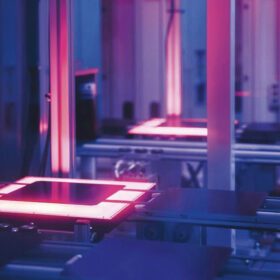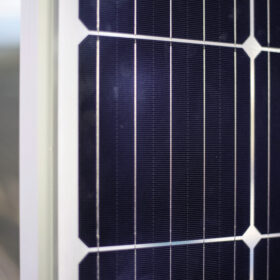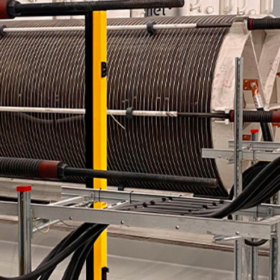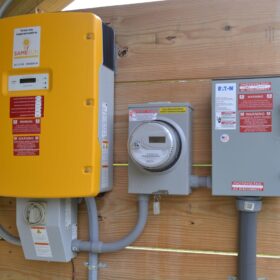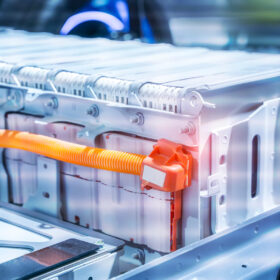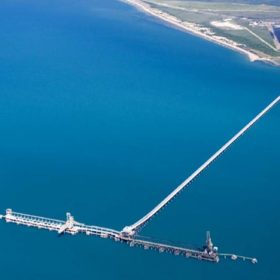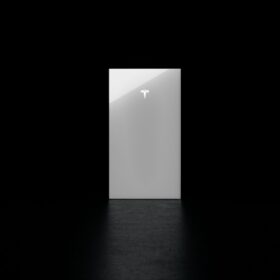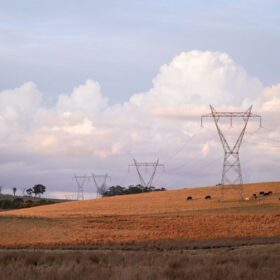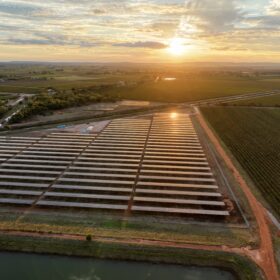Weekend read: Is a standard solar module spec within reach?
PV manufacturers, developers, and component suppliers have spent years negotiating a bewildering array of wafer and panel formats but recent developments in China hold the promise of long-awaited standardisation, as Vincent Shaw reports.
P-type solar products may be phased out by 2026 as n-type tech ‘rapidly’ expands
The rise of cost-effective TOPCon cell technology last year led to a ‘surge’ in production demand for solar n-type cell technology, with leading industry analysts TrendForce prophesying PERC cell capacities ‘may’ be phased out in two to three years. The company’s experts, however, warn that oversupply for p-type cells and modules may increase the price gap between n-type and p-type products in the upcoming months.
World’s first green hydrogen plant to heat steel
Hitachi Energy has delivered a modular solution to electrify a 20 MW electrolyser to produce hydrogen to heat steel before rolling, while Enapter has unveiled its AEM electrolysers for industrial and refuelling pilot projects.
How long do residential solar batteries last?
Multiple factors affect the lifespan of residential battery energy storage systems. We look at the lifespans of batteries in the third part of this series.
Three steps to reduce battery storage fire risk
Lithium-ion batteries are generally safe and unlikely to fail, but they can catch fire if damaged, stored, or operated incorrectly. With calls mounting for development of engineering good practice, US-based Firetrace International suggests three steps that battery manufacturers, developers and operators should take into account.
How long do residential solar inverters last?
A range of different factors can affect the productive lifespan of residential solar inverters.
Lithium-ion batteries: NMC, LFP, LTO – what’s the difference?
With battery storage such a crucial aspect of the energy transition, lithium-ion (li-ion) batteries are frequently referenced but what is the difference between NMC (nickel-manganese-cobalt), LFP (lithium ferro-phosphate), and LTO (lithium-titanium-oxide) devices and their underlying chemistry?
Weekend read: More than ‘an alternative’
Sodium-ion batteries could diversify the battery supply chain and take the weight off the shoulders of ubiquitous lithium-ion technology. pv magazine sits down with Florian Kogler, head of safety and user experience at Austrian sodium-ion battery business Kite Rise, to discuss the technology’s potential and the company’s development plans for batteries made in Europe.
1 GW North Queensland hydrogen project gains a new international partner
Japanese company IHI Corporation, which specialises in green ammonia technology to decarbonise industry, has joined the consortium of companies developing the green hydrogen hub HyNQ – North Queensland Clean Energy Project.
Tesla launches Powerwall 3 battery
Tesla has launched the Powerwall 3 battery with an energy capacity of 13.5 kW and continuous on-grid power of 11.5 kW, featuring dimensions of 110 cm x 61 cm x 19.3 cm and a weight of 130 kg.
